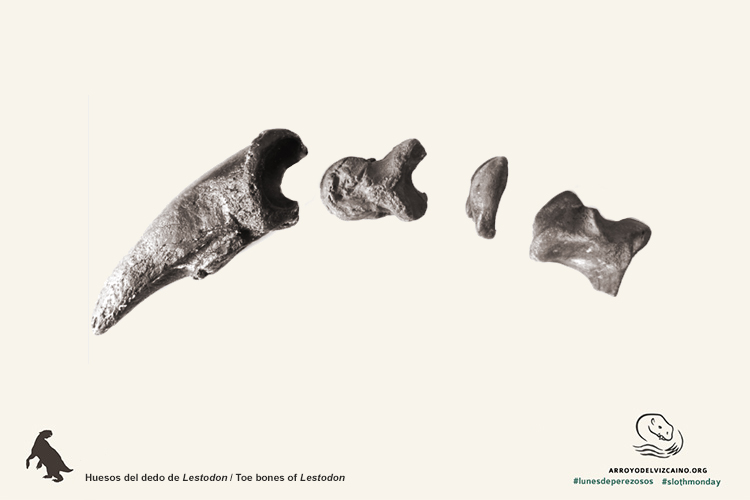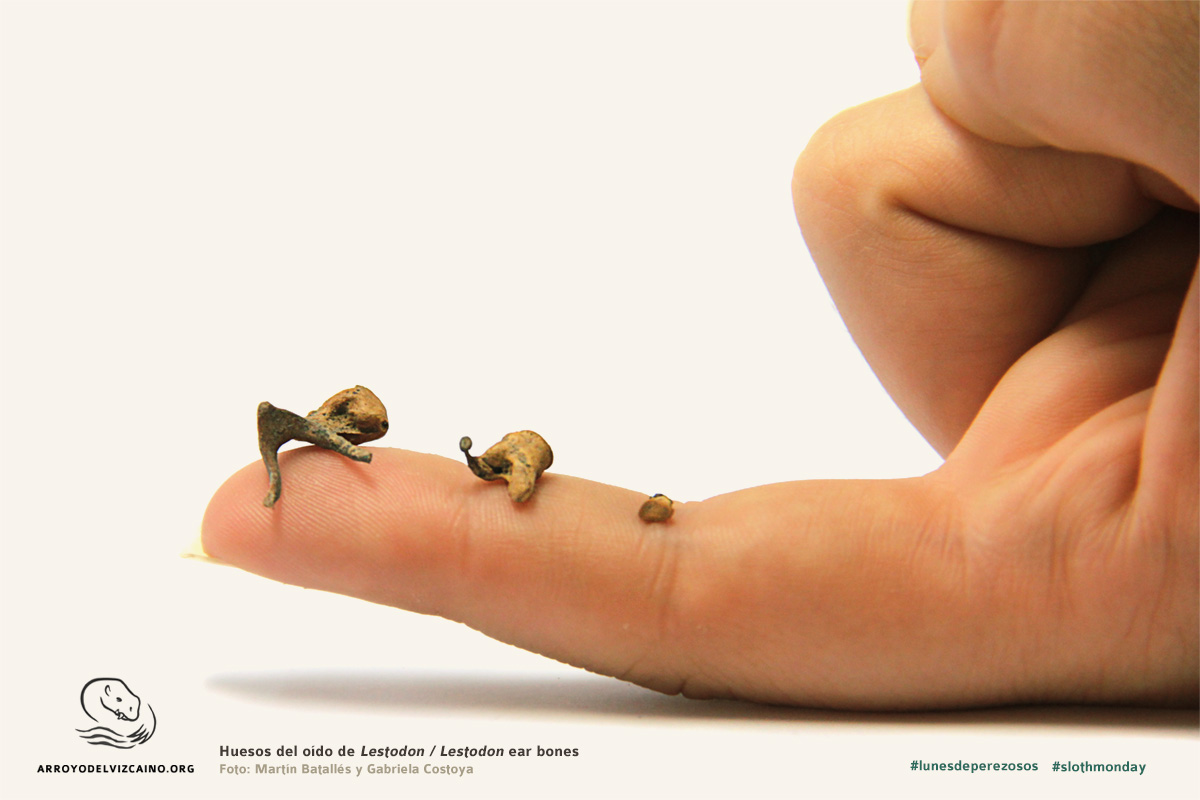
Bones and locomotor habits
The limb bones of vertebrate animals are molded according to the activities the animal performs. This is very helpful for paleontologist when studying fossils of vertebrates, since in most cases only the bones are preserved.
Ground sloths have repeatedly been subject of such studies to achieve a better understanding of locomotion and other activities they could have performed. For example, the sloths Megatherium and Eremotherium would have been able to have a bipedal locomotion. Meanwhile, Lestodon would have been able to keep both an upright position as much as a quadrupedal, while Scelidotherium and Glossotherium would have been exclusively quadrupeds.
It has also been studied the possibility that some of these large animals could dig, as their claws greatly resemble those of modern burrowers within their same group (Xenarthra). The results obtained support the possibility that some sloths were able to dig, according to biomechanical similarities with their current burrowing relatives, armadillos.
Later on we will deepen into the locomotion of sloths.

What could sloths hear?
The smallest skeletal bones of mammals are found in the middle ear. These are: the malleus, incus and stapes. These bones have the function of amplifying the sound that reaches the eardrum and transmitting it to the brain.
In several species of fossils sloths these bones have been found preserved, and in the case of Lestodon and Glossotherium, they have been studied to evaluate the hearing capabilities.
These studies showed that the bones of the middle ear of these sloths were very large compared to other terrestrial mammals, with a total mass similar to that seen in the middle ear bones of the Asian elephant. This implies a loss in hearing acuity for high frequencies, but it is an advantage for the detection of low-frequency sounds.
One possible explanation is that these sloths could use low frequency sounds for long-range communications.

The teeth of sloths
Another anatomical feature of sloths (and of xenarthrans in general) is the lack of incisives. Moreover, the teeth they have are hard to ascribe to those of other placentals, ie, they cannot be called canines, premolars and molars. For that reason, the teeth of sloths are called molariforms and they typically have 5 in the upper jaw and 4 in the lower jaw.
However, in several species the most anterior teeth are modified in such a way that they resemble canines and are consequently called caniniforms. It is interesting to note that the upper caniniform occludes before the lower caniniform, differently to what happens in true canines.
Lestodon is the taxon that shows the largest caniniforms
New article about the fossils:
Description of the stylohyal bone of a giant sloth (Lestodon armatus)
P. Sebastián Tambusso, H. Gregory McDonald, and Richard A. Fariña
Copyright Society for Vertebrate Paleontology, April 2015
Read: http://palaeo-electronica.org/content/2015/1119-stylohyal-of-a-giant-sloth

[youtube]https://www.youtube.com/watch?v=rP7PW2Dwym8[/youtube]



